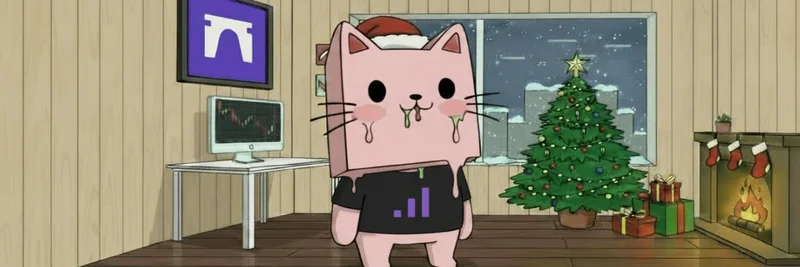Hey there, crypto enthusiasts! If you’ve been keeping an eye on the latest trends in the blockchain world, you’ve probably heard about MoonPay’s exciting new move. On July 24, 2025, BSCNews shared an update about MoonPay launching a liquid staking program for Solana ($SOL), and it’s generating a lot of buzz. Let’s dive into what this means, why it’s a big deal, and why some regions like New York and the European Economic Area (EEA) are left out.
What’s Liquid Staking, Anyway?
For those new to the term, liquid staking is a way to earn rewards on your cryptocurrency without locking it up for a long time. Normally, staking means you commit your coins to help secure a blockchain network (like Solana) and get rewards in return—but you can’t touch your coins until the staking period ends. With liquid staking, you get a token (in this case, mpSOL) that represents your staked assets. This token is tradable and flexible, letting you use it in DeFi or sell it whenever you want. Pretty cool, right?
MoonPay’s Big Move with Solana
MoonPay, a platform best known for helping people buy crypto with fiat money (like USD or EUR), is stepping into the staking game. Their new program lets you stake as little as $1 worth of Solana and earn up to an impressive 8.49% annual yield. Every two days, you’ll see rewards added to your mpSOL tokens, and the best part? You can unstake anytime without penalties. This flexibility is a game-changer for both newbie investors and seasoned crypto pros.
The program is live in most regions, but there’s a catch—New York and the EEA are excluded. This limitation has sparked curiosity among the community, and we’ll explore the possible reasons later. MoonPay’s entry into liquid staking also puts it in competition with established players like Marinade and Jito, which have been dominating Solana’s staking scene.
Why the Hype Around Solana Staking?
Solana has been on fire lately, and the staking numbers back this up. Back in April 2025, Solana briefly overtook Ethereum in total value staked ($53.9 billion vs. $53.7 billion), thanks to its higher average returns. Institutional interest is also soaring— a Solana staking ETF hit $100 million in volume within two weeks, and firms like DeFi Development Corp and Upexi have scooped up over 3 million SOL combined. MoonPay’s program taps into this growing trend, making it easier for everyday users to join the party.
Why Are New York and EEA Left Out?
The exclusion of New York and the EEA likely boils down to regulatory hurdles. The U.S., especially New York with its strict BitLicense requirements, and the EEA with its rigorous MiCA regulations, impose tough rules on crypto services. These laws aim to protect investors but can slow down innovation. MoonPay might be avoiding these regions to sidestep complex compliance issues or pending approvals, a common strategy for crypto platforms launching new features.
How Does This Fit into the Meme Token World?
While MoonPay’s staking program focuses on Solana, it’s worth noting that the meme token community often rides the waves of broader blockchain trends. Solana’s ecosystem is a hotspot for meme coins like BONK and WIF, which thrive on high engagement and liquidity. As more users stake SOL and earn yields, the increased activity could boost the ecosystem, potentially benefiting meme token projects too. It’s an indirect connection, but one worth watching!
What’s Next for MoonPay and Solana?
This launch is just the beginning for MoonPay’s expansion into yield-generating services. If the mpSOL token maintains strong liquidity compared to competitors like Marinade and Jito, it could carve out a significant niche. For Solana, the growing institutional and retail interest suggests a bright future, especially as staking becomes more accessible.
So, what do you think? Are you excited to try out MoonPay’s liquid staking, or are you curious about how this will play out in regions like New York? Drop your thoughts in the comments, and stay tuned to Meme Insider for more updates on the wild world of crypto and meme tokens!




